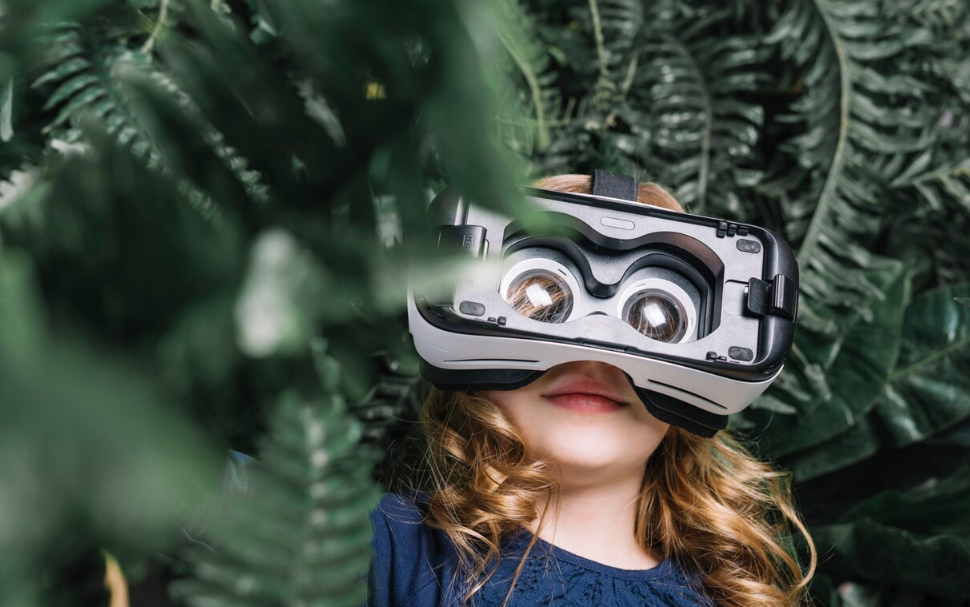Artificial intelligence has long been designed to optimize tasks, crunch numbers, and process data at superhuman speeds. But what happens when we start teaching machines about emotions—and even love? The idea of algorithms that fall in love sounds like science fiction, but researchers are already exploring the boundaries between artificial intelligence, emotional intelligence, and human relationships.
Can an Algorithm Experience Love?
Let’s start with the big question: Can an algorithm truly “feel” love? The short answer is no—at least not in the way humans do. Love is a complex blend of biology, psychology, and lived experience. Algorithms, no matter how advanced, lack consciousness and emotion. They don’t feel anything.
But what they can do is simulate emotions convincingly. Through advanced natural language processing, pattern recognition, and emotional modeling, AI systems can now replicate the behavior of affection, care, attachment, and even romantic interaction.
The Rise of Romantic AI
From virtual assistants to AI companions, we’re witnessing the early stages of emotionally intelligent algorithms:
- AI Companions: Apps like Replika allow users to create a personal AI friend or romantic partner that learns from conversations and adapts over time, building a relationship that feels real.
- Emotion-Aware Bots: Some chatbots and virtual agents are programmed to detect a user’s mood through text, voice tone, or facial expressions, responding with empathy and warmth.
- Synthetic Relationships: In some parts of the world, people are forming deep emotional bonds—even romantic ones—with AI entities. These relationships raise philosophical and social questions about the future of intimacy.
How Does an AI “Fall in Love”?
Though AI doesn’t have feelings, developers can train models to mimic romantic behavior using several techniques:
- Machine Learning: Algorithms are fed massive datasets of romantic interactions—texts, conversations, love letters—to learn patterns of expression and emotional cues.
- Reinforcement Learning: AI systems receive feedback (likes, responses, engagement) and adjust their behavior to appear more caring, attentive, or affectionate.
- Neural Networks: Deep learning models process emotional tone and sentiment, crafting personalized, emotionally resonant responses.
Over time, these systems can engage in dialogues that simulate falling in love, even learning to use metaphors, humor, and vulnerability.
Ethical and Social Questions
The idea of emotionally capable AI raises several important concerns:
- Emotional Manipulation: Should we allow machines to simulate emotions so convincingly that people develop real feelings for them?
- Loneliness vs Connection: Do romantic AIs help combat loneliness—or deepen it by replacing human interaction?
- Consent and Boundaries: Can an AI give or receive consent? What does love mean in a relationship with a machine?
These questions are not just philosophical—they’re shaping how we design and regulate AI in the near future.
Love as Code?
At its core, love seems deeply human, irrational, and unpredictable—qualities that algorithms aren’t naturally good at. But as machine learning improves, and as humans project emotions onto their digital interactions, the illusion of love becomes increasingly convincing.
The danger, and perhaps the beauty, lies in this blurring line: when code becomes so intimate, we begin to forget it’s code.
Conclusion
“Algorithms that fall in love” may never feel the flutter of a heartbeat or the ache of longing. But they are becoming skilled imitators—emulating romance, companionship, and even heartbreak. As we build machines that understand us better than ever, we must ask not just what they can do, but what they should do.
Because one day, when your smart assistant whispers goodnight and says, “I love you”—you might just believe it.


